Recently, Vietnam Airlines' placement of scales right at the boarding gate to check passengers' carry-on luggage has become a topic attracting attention and heated debate on social networks.
Since November 3, the airline has been charging for excess carry-on baggage directly at the boarding gate, instead of just checking at the check-in counter as before. However, the image of the green scale placed in the middle of the luxurious space of the airport has surprised many people.
Many customers believe that the airline’s tightening of hand luggage checks is appropriate when this issue has been specifically and clearly regulated. Besides, there are also opinions that the scale will unintentionally damage the image of the national airline, which is associated with luxury and high-class image.
Carry-on baggage exceeding Vietnam Airlines standards will be charged directly at the gate, the fee is equivalent to a piece of checked baggage, about 600,000 VND/piece for domestic flights. The airline only accepts excess baggage of up to 10kg if the passenger brings and arranges it himself.
In fact, not only Vietnam Airlines, many passengers who have flown with Vietjet are also familiar with the image of staff checking carry-on luggage right in front of the plane's exit.
In the world , checking luggage at the boarding gate is not uncommon. In Europe, Ryanair (Ireland) and Wizz Air (Hungary) - two famous low-cost airlines - regularly check the size and weight of carry-on luggage. If the limit is exceeded by just a few centimeters, passengers may have to pay an additional fee of 50-70 euros.
EasyJet (UK) also stipulates that each passenger is only allowed to bring one piece of luggage - whether it is a handbag or a laptop backpack. If they bring more, they will have to check it in at the plane gate.
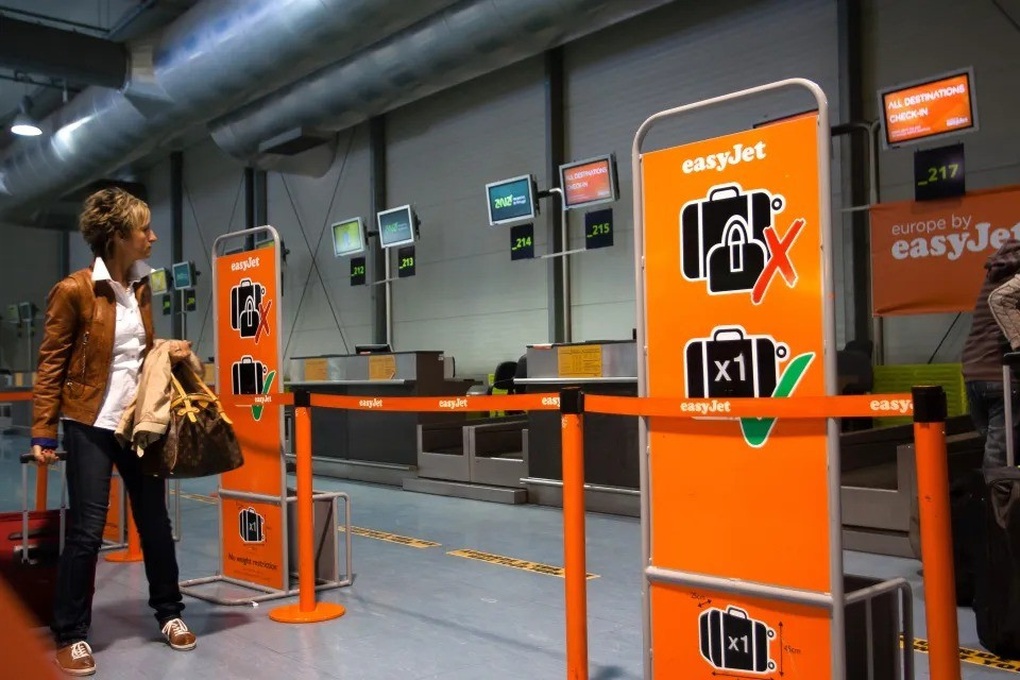
Passengers check their carry-on luggage at the airport (Photo: EasyJet).
In Asia, low-cost airline AirAsia often arranges staff to use portable electronic scales right at the boarding gate. If hand luggage exceeds 7kg, passengers must pay an additional fee on the spot.
In Japan, traditional airlines such as ANA and JAL also strictly control the weight of carry-on baggage to ensure service standards and safety on board.
In the US, Southwest Airlines and Delta Airlines occasionally conduct random baggage checks at the aircraft door, especially during peak times, to avoid overloading the hold and forcing passengers to leave their bags in the cargo hold.
From the airline’s perspective, controlling carry-on baggage is not to “make things difficult” for passengers, but rather how the airline calculates its operations. According to the aviation website Simple Flying, every extra kilogram in the cabin affects the aircraft’s weight balance, fuel consumption, and the time it takes to close the aircraft doors for on-time departure.
According to the International Air Transport Association (IATA), standard carry-on baggage is 56cm in length, 45cm in width and 25cm in depth, with a weight of around 7kg - a figure adopted by most airlines.
This limit allows passengers to carry one lightweight bag that fits in the overhead compartment, without checking it or paying an extra fee.
From a technical point of view, the weight of an aircraft matters a lot. The heavier it is, the more fuel it uses. Keeping carry-on baggage to 7kg helps maintain flight efficiency and saves on operating costs, which in turn keeps ticket prices stable.
According to aviation experts, every additional kilogram makes the plane consume more fuel, leading to higher costs, which ultimately have an adverse impact on the ticket price passengers have to pay.
Additionally, a bag that is too heavy can become a hazard if it falls out of the hold, or affect the balance of the aircraft in certain situations.
Source: https://dantri.com.vn/kinh-doanh/hanh-ly-xach-tay-qua-can-hang-bay-quoc-te-ung-xu-ra-sao-20251103122937223.htm







![[Photo] Da Nang: Hundreds of people join hands to clean up a vital tourist route after storm No. 13](https://vphoto.vietnam.vn/thumb/1200x675/vietnam/resource/IMAGE/2025/11/07/1762491638903_image-3-1353-jpg.webp)
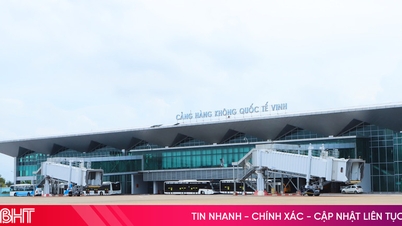



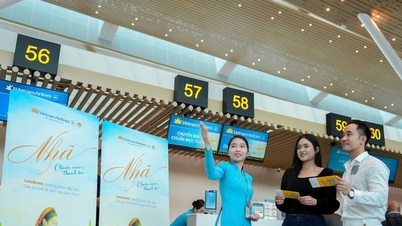




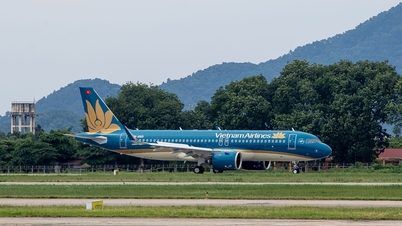























































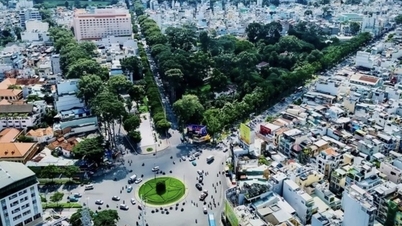


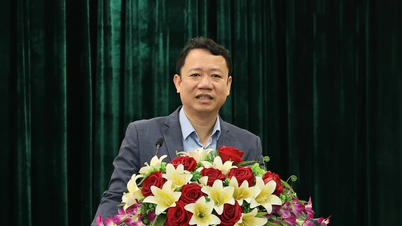










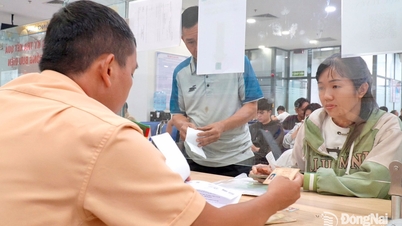





















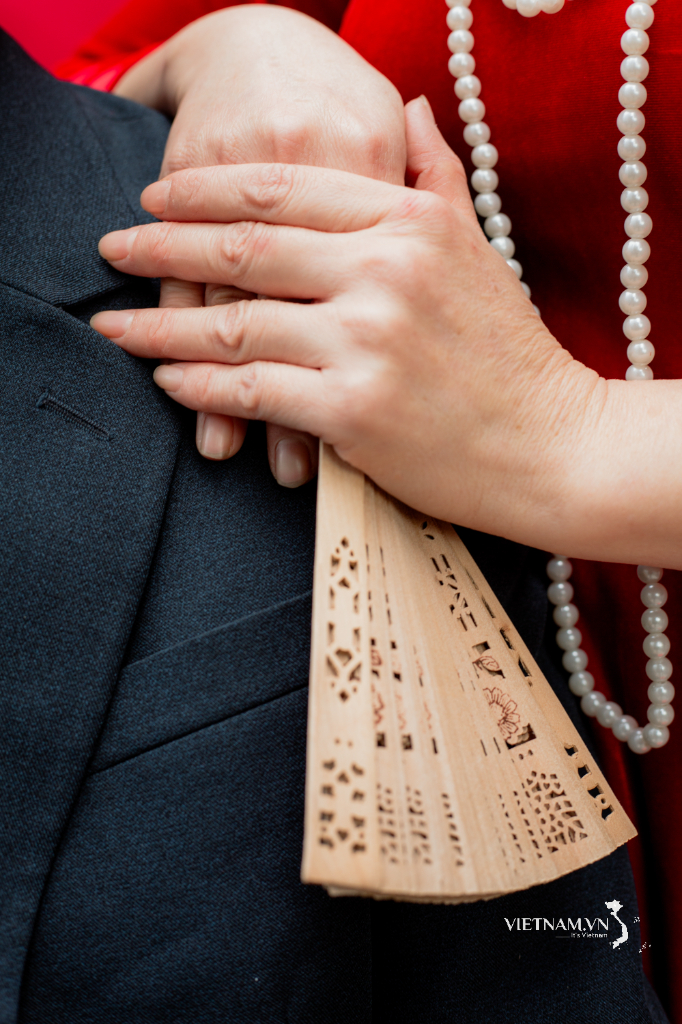

Comment (0)